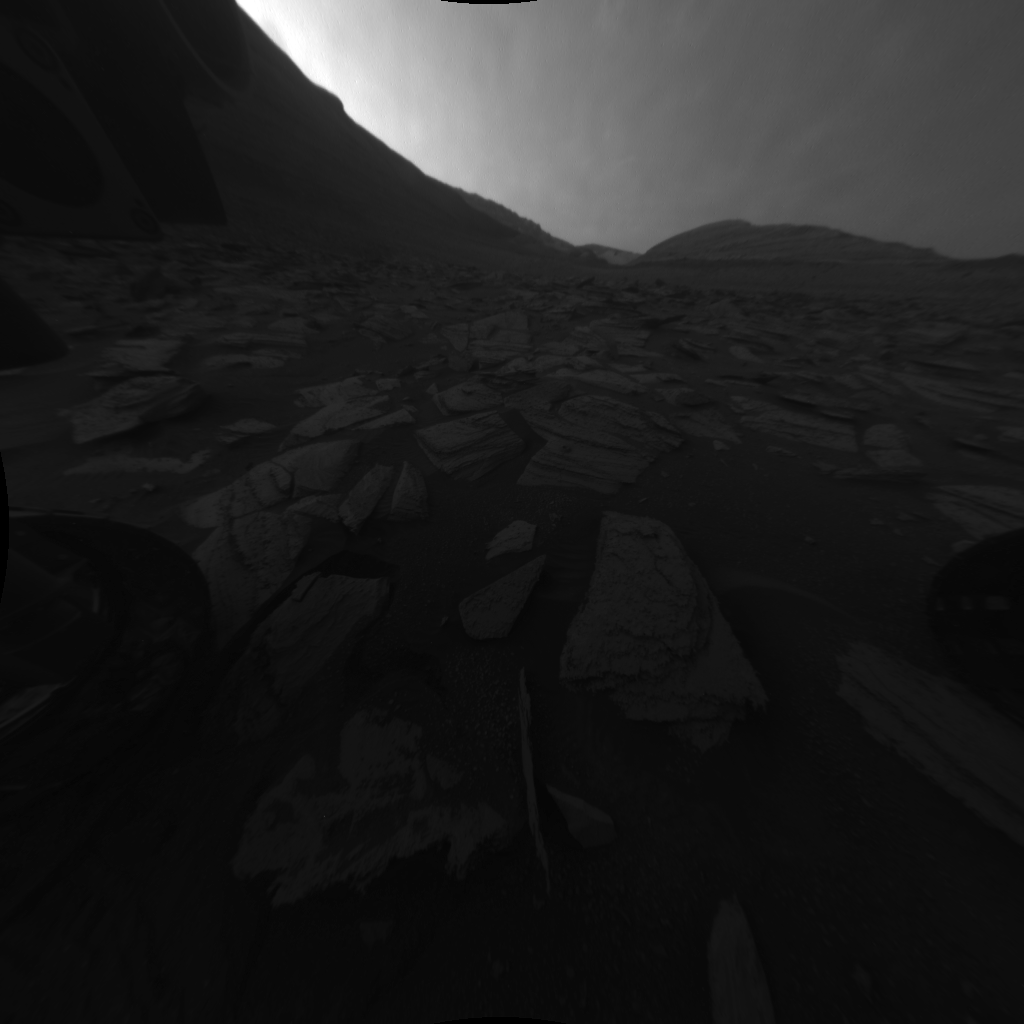
Like most humans on Earth this past week, NASA’s Curiosity rover took a vacation of itself a few weeks ago. After soaking up the Martian scenery, it beamed back holiday videos from its cameras. On Thursday, NASA published the tranquil alien footage.
Among many things, the dawn-to-dusk videos show the shadow of the six-wheeled rover sliding across the rugged terrain. “When NASA’s Curiosity Mars rover isn’t on the move, it works pretty well as a sundial,” space agency officials wrote in a description of the videos. The rover also caught a cosmic ray.
Curiosity captured the videos from 5:30 a.m. to 5:30 p.m. Mars time on November 8, the car-sized rover’s 4,002nd Martian day. Mission specialists on Earth had directed Curiosity’s front and rear Hazard-Avoidance Cameras (Hazcams) to gaze at the landscape. It was one of the last commands NASA sent Curiosity before the craft entered a two-week lull.
Dawn to dusk on Mars
Mars’ orbit triggered a pause in sending commands. The Red Planet was passing behind the Sun, presenting issues for mission communications. During the event, called Mars solar conjunction, super-hot plasma swimming around the Sun’s outer atmosphere put the risk of interfering with messages from Earth to Mars on high. The team waited until November 25 to begin running its science tasks. So, like many people now, passing the days ahead of the New Year, Curiosity was on hiatus.
The two videos show views in front of and behind Curiosity. In the first video, the front Hazcam looks towards Gediz Vallis, a valley of Mars’ Mount Sharp. This 3-mile-tall mountain rises from the basin of Gale Crater, Curiosity’s home since 2012.
In the other video, from the rear Hazcam, the distant crater walls are visible, although they’re faint, and the viewer gazes down Mount Sharp’s slope. Left of the center of this video, during the 17th frame, a small black mark appears. A cosmic ray was the culprit, according to NASA’s description of the videos.
“Rover drivers normally rely on Curiosity’s Hazcams to spot rocks, slopes, and other hazards that may be risky to traverse,” according to NASA.
“But because the rover’s other activities were intentionally scaled back just prior to conjunction, the team decided to use the Hazcams to record 12 hours of snapshots for the first time,” officials added.
There are signs of Curiosity’s aging. The “speckled appearance” of the images, NASA officials explain, comes from the dust that’s accumulated on Curiosity’s lenses since beginning its grand tour of Gale Crater 11 Earth years ago.







